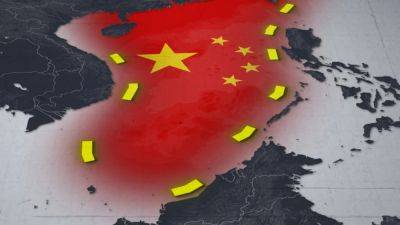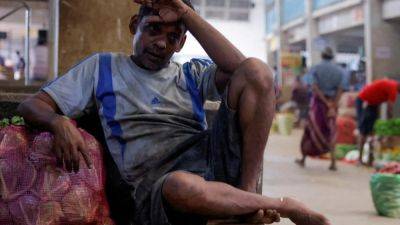Making Asia Grimace Again? Idea of Trump 2.0 White House fuels regional unease
“If a second Trump administration acts on its stated commitments to ramp up tariffs on allies and adversaries alike and slash development assistance, the US will have fewer carrots in its toolkit when engaging prospective partners,” said Alice Nason, a senior research associate in foreign policy and defence programme at the University of Sydney’s United States Studies Centre.
“This will make competing for influence in Southeast Asia and the Pacific more challenging.”
Trump’s era, by contrast, saw a frequent turnover of senior officials. “The inconsistency of personnel was notable,” Marston said.
If Trump were to return to the White House, he would likely revert to a “pattern of benign neglect” towards Southeast Asia, according to Marston – though he suggested that regional leaders were now better prepared to manage US policy shifts regardless of who sits in the Oval Office.
“My sense is that Southeast Asian leaders are not particularly concerned,” he said. “Either administration with a different leader at the helm will not significantly alter their own foreign policies towards the US.”
“There may be cause to worry about potential alliance commitments and US credibility to come to the defence of some Southeast Asian partners,” Marston said.
Ultimately, experts say that US interests in Southeast Asia are largely focused on counterbalancing China’s growing military power and influence in the region.
Trump had “personal bonds at times with leaders but a high degree of flexibility in policy, depending on the circumstances” and how he felt about them, Kurlantzick said.
Nason from the United States Studies Centre observed that Trump’s “muscular, zero-sum impulses” had rattled the foundations of Washington’s regional partnerships. The







